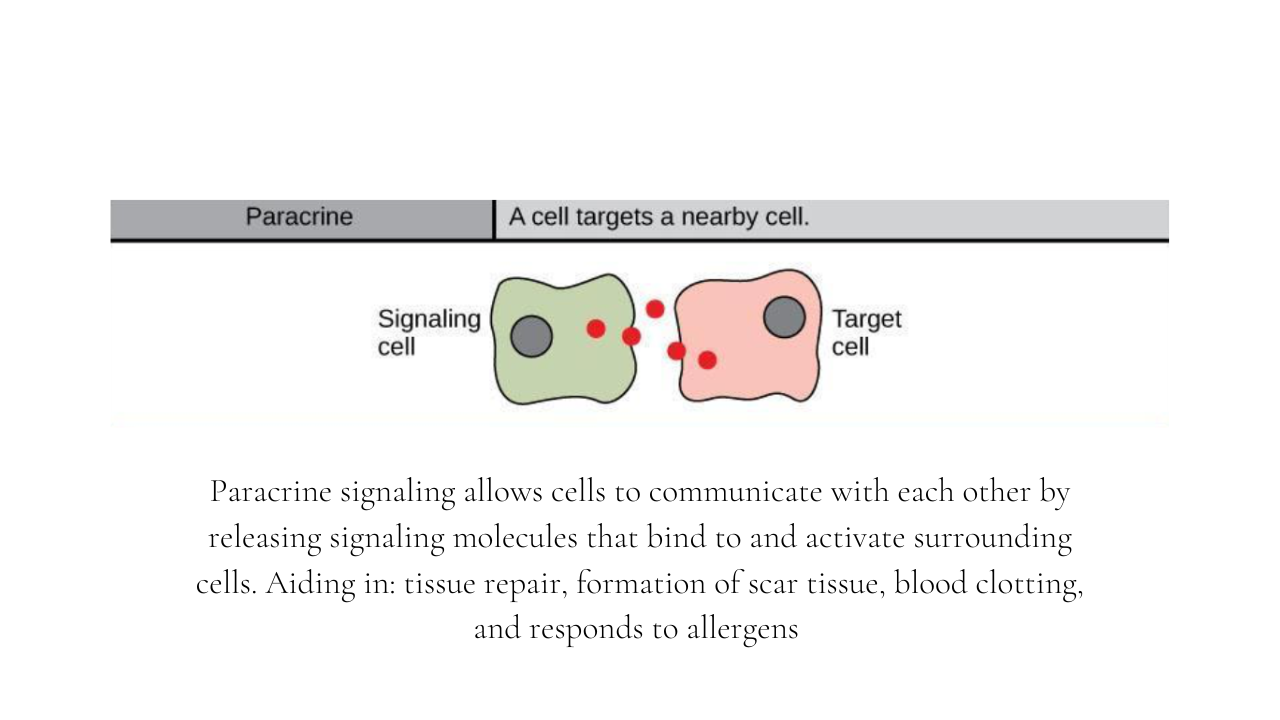How Yin Yoga Works: Part 2
Welcome back to my series on 'How Yin Yoga Works.' Last time, we explored the impact of passive stress on the lengthening of fascial tissues through mechanotransduction. If you missed Part 1, you can catch up here and join me on this yin yoga anatomy journey.
I also discussed how stressing the fascial tissues leads to changes in the biomechanical environment, as the connective tissue can sense these changes through two components:
1) Integrins - Transmembrane Proteins
Integrins are on the surface of the cell membrane and are also known as transmembrane proteins, as the other half of its structure is inside the cell. The integrins' external part binds to other proteins connected to a much larger matrix of proteins. All of these proteins move together and make up the fascial network. When stress is applied to the fascia, the fascial proteins move the integrins, which in turn affects the internal structure of the cell. These intracellular proteins that attach to the integrins initiate a biomechanical effect, which alters our gene expression.
Another key player in this process is the ion channels. These channels within the cell membrane respond to biomechanical forces applied to the fascia. This response causes a change in the electric charge, known as Piezoelectricity. The fascia around the cells then prompts the opening of ion channels, allowing positively charged ions to enter the cell. This influx of ions can initiate a change in gene expression by altering protein activity within the cell.
As we can now understand, the body is made up of a large web of proteins which respond to our environment and physical activity, or sometimes lack thereof. When we hold poses, as in yin yoga, we initiate changes that can restore the fascia to optimal health. This occurs through a series of events…
When internal signals are initiated within the cell it creates a chain reaction, and a messenger protein will migrate to the nucleus. This protein messenger initiates changes inside the nucleus, which modifies the DNA.
While each cell carries your complete DNA blueprint, it produces proteins selectively, attuned to its unique purpose. Just as a skin cell requires different proteins than a lung cell, the messenger proteins bind to the DNA, relaying the cell's immediate needs. In the case of fascia, proteins such as elastin and collagen are produced and will move out of the cell into the fascial network.
2) Paracrine Signalling - The Language of Communication
Another way our fascia responds to biochemical signals is through paracrine signalling. Imagine a central cell receiving signals of change from its surroundings. In response, it releases biochemical factors that influence neighbouring cells. This process, known as paracrine signalling, primarily occurs in fibroblast cells, which either increase or decrease their production of fascial proteins. This, in turn, alters the cellular environment in which they reside.
When we practise long-held Yin yoga postures, the biomechanical feedback loop takes time to activate. During this time, fibroblast cells increase elastin fibre production, contributing to our fascia's transformation.
Do you love Yin yoga and want to explore it further? On the 1st April 2025 all of my Yin Yoga Training material will be available as a self paced hybrid course which you can take at your own convenience. More info is coming soon.
Gem x


